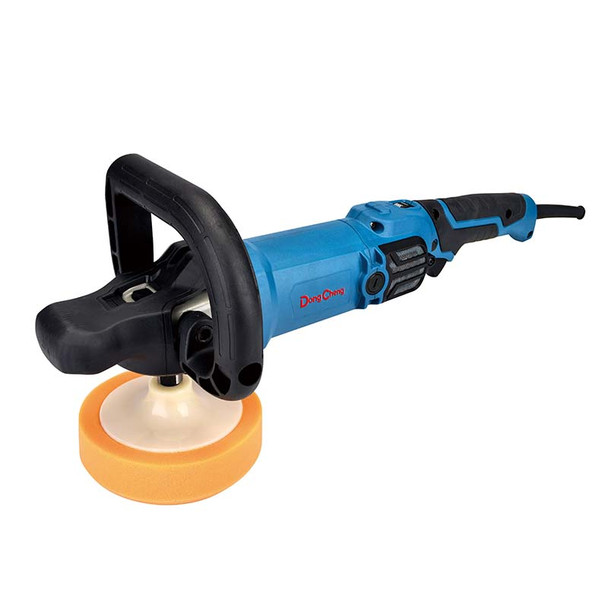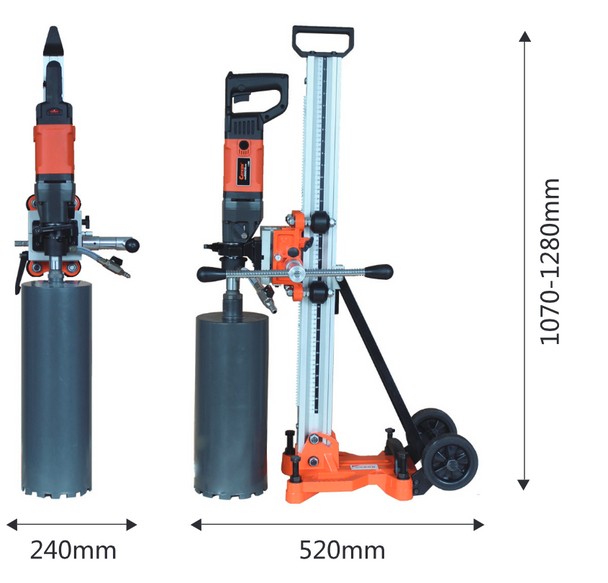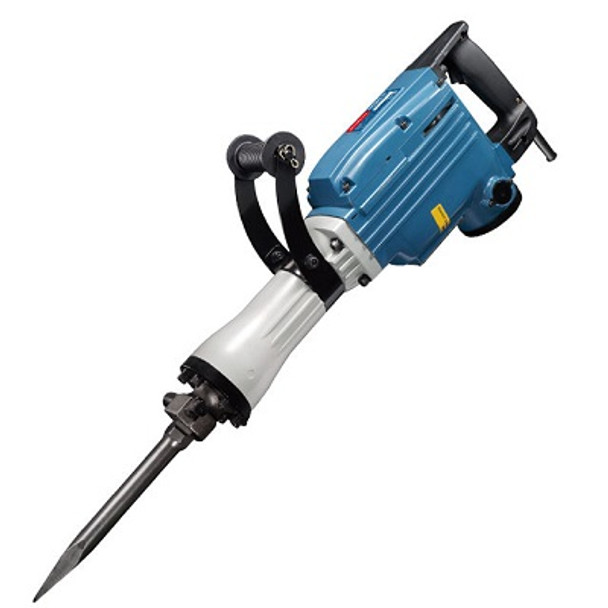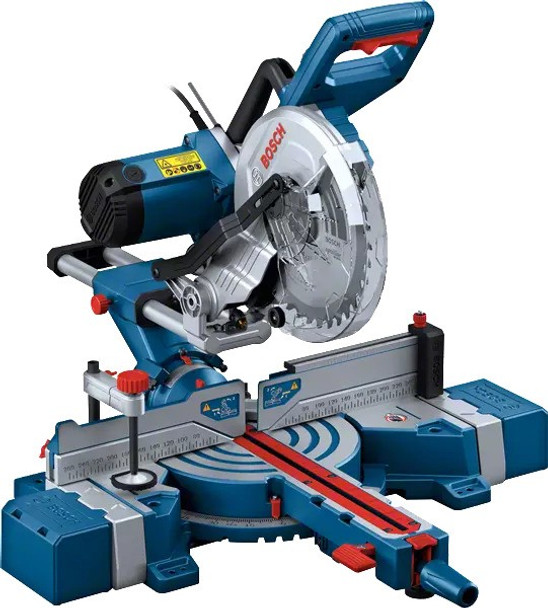Predictive Maintenance for Power Tools: Extending Lifespan and Reducing Downtime
Key Takeaways
- Proactive Maintenance Approach: Predictive maintenance helps identify potential issues in power tools before they lead to failure, minimizing unexpected breakdowns and reducing downtime.
- Extends Equipment Lifespan: By regularly monitoring the condition of power tools, predictive maintenance extends their lifespan, saving costs on repairs and replacements.
- Data-Driven Insights: Sensors and diagnostics collect real-time data on tool performance, enabling timely interventions and precise maintenance actions based on the actual condition of the tools.
Introduction
Predictive maintenance for power tools is a forward-thinking approach that leverages real-time data and diagnostics to monitor equipment health, enabling timely interventions before major failures occur. This proactive method significantly extends the lifespan of power tools by addressing wear and tear early, which helps prevent unexpected breakdowns and reduces costly downtime. Unlike traditional reactive maintenance, where tools are fixed after they break down.
By utilizing sensors and smart monitoring systems, predictive maintenance provides valuable insights into tool performance, allowing maintenance actions to be taken based on actual tool conditions rather than scheduled intervals. This not only enhances operational efficiency but also cuts down on repair costs and supports sustainability by minimizing waste from premature tool replacements. Additionally, ensuring that tools are always in optimal working condition promotes a safer environment for workers.
DongCheng Sander Polisher DSP05-180
Why Power Tools?
Power tools are essential in various industries, including construction, manufacturing, and automotive repair. However, due to their constant usage, they are prone to wear and tear, which can result in costly repairs or replacement. Traditional maintenance methods for power tools often lead to either over-maintenance, wasting resources, or under-maintenance, leading to unexpected breakdowns. Predictive maintenance offers a more efficient solution by using technology to detect early signs of wear and addressing them before failure occurs.
How Predictive Maintenance Works for Power Tools
Key Technologies
Predictive maintenance for power tools relies on several modern technologies to function effectively:
1. Internet of Things (IoT) Sensors: These sensors are installed on power tools to continuously monitor factors like vibration, temperature, and electrical current. This real-time data is transmitted to a central system where it is analyzed.
2. Artificial Intelligence (AI) and Machine Learning (ML): AI and ML algorithms analyze the data collected by IoT sensors to identify patterns that indicate potential failures. Over time, these systems learn to detect increasingly subtle changes, improving their predictive accuracy.
3. Cloud Computing: Cloud platforms enable large amounts of data to be stored and accessed from anywhere. This ensures that tool managers can view and analyze data in real-time, making informed decisions about when to perform maintenance.
Common Parameters Monitored
To effectively predict the need for maintenance, various parameters are monitored through IoT sensors:
1. Vibration Analysis: Excessive vibration can indicate problems with the tool's motor or bearings.
2. Temperature: A rise in temperature may signal motor overload or electrical issues.
3. Electrical Current: Monitoring the current can help detect inefficiencies or early signs of motor failure.
4. Wear and Tear on Components: Components such as brushes and bearings wear down over time, and sensors can alert users when these parts need replacing.
Cayken Diamond Core Drilling Machine SCY 26/3EBM
Benefits of Predictive Maintenance for Power Tools
1. Increased Lifespan of Tools
One of the primary benefits of predictive maintenance is its ability to extend the lifespan of power tools. By identifying potential issues early, companies can prevent small problems from escalating into major failures. For example, monitoring vibration levels can alert operators to an imbalance in the motor, allowing them to address the issue before it leads to a complete breakdown. This reduces the need for costly replacements and extends the overall life of the tool.
2. Reduced Downtime
Unplanned downtime is a significant issue for industries that rely on power tools. With predictive maintenance, companies receive early warnings about potential failures, allowing them to schedule maintenance during planned downtime instead of stopping production unexpectedly. This minimizes disruptions to workflows and ensures that tools are always available when needed.
3. Improved Efficiency and Productivity
Tools that are well-maintained through predictive maintenance operate at peak efficiency. When tools run smoothly, workers can perform their tasks more effectively, leading to higher productivity. Moreover, predictive maintenance reduces the time spent on repairs, ensuring that tools are operational for longer periods.
Steps to Implement Predictive Maintenance for Power Tools
1. Assessing Current Tool Maintenance Practices
The first step in implementing predictive maintenance is to evaluate the effectiveness of your current maintenance strategies. Are breakdowns frequent? Is downtime affecting your productivity? If reactive or preventive maintenance is leading to excessive tool replacements or lost productivity, it's time to transition to predictive maintenance.
2. Choosing the Right Technology
Selecting the right technology is critical for the success of predictive maintenance. The IoT sensors you choose must be compatible with the power tools in your inventory. Additionally, you will need a software platform that can process the data collected by the sensors and provide actionable insights. Consider solutions that offer AI-driven analysis, as these will continuously improve the accuracy of predictions.
3. Integration with Existing Workflows
To make predictive maintenance a success, it needs to fit seamlessly into your existing operations. This involves training employees to use the software and interpret the data it provides. In addition, you should create maintenance schedules that are informed by the predictive insights, ensuring that repairs or replacements are done before issues lead to tool failures.
DongCheng Demolition Hammer DZG03-15
Challenges and Considerations
1. Initial Cost of Implementation
One of the main barriers to adopting predictive maintenance is the upfront cost. Investing in IoT sensors, AI-based software, and cloud storage can seem expensive initially. However, this cost should be weighed against the long-term savings in reduced downtime, fewer tool replacements, and lower repair costs.
2. Data Management
Predictive maintenance relies on vast amounts of data to make accurate predictions. Managing this data effectively can be a challenge, especially if you are monitoring a large fleet of power tools. It’s essential to have a robust data management system in place to ensure that you can store, analyze, and act on the information collected.
3. Employee Training
Successful implementation of predictive maintenance requires a workforce that understands how to use and maintain the system. Training employees on how to interpret sensor data, operate new software, and schedule proactive maintenance is vital for maximizing the benefits of predictive maintenance.
Case Studies and Success Stories
1. Large-Scale Construction Company
A major construction company implemented predictive maintenance across its power tool inventory and saw a significant reduction in breakdowns. By monitoring motor temperature and vibration levels, they identified issues early and reduced tool replacement costs by 30%. This also helped them improve their project timelines, as they no longer experienced unexpected delays due to tool failures.
2. Manufacturing Facility
A manufacturing facility that heavily relies on pneumatic power tools integrated predictive maintenance into their operations. By using sensors to monitor pressure levels and tool efficiency, they decreased downtime by 25%. The system's alerts allowed them to schedule maintenance during off-peak hours, ensuring minimal disruption to their production process.
Future of Predictive Maintenance for Power Tools
1. Advances in AI and Machine Learning
As AI and machine learning technologies continue to evolve, predictive maintenance systems will become even more accurate and efficient. Self-learning algorithms will be able to detect increasingly subtle signs of wear and automatically recommend maintenance, reducing the need for human intervention. This will lead to greater efficiency and cost savings for industries that rely on power tools.
2. Increased Connectivity and Smart Factories
In the future, predictive maintenance will play a crucial role in the rise of smart factories. As more devices become connected through IoT, power tools will communicate with other systems within a factory, enabling a fully integrated maintenance strategy. This will lead to even greater optimization of industrial processes and reduced tool downtime.
BOSCH GCM 254 D PROFESSIONAL MITRE SAW
Frequently Asked Questions
1. How does predictive maintenance differ from preventive maintenance?
Predictive maintenance uses real-time data and AI-driven insights to predict tool failures before they occur, while preventive maintenance follows a fixed schedule regardless of tool condition. Predictive maintenance is more efficient as it targets issues early, avoiding unnecessary maintenance or unexpected breakdowns.
2. What kind of tools can benefit from predictive maintenance?
Most power tools, including drills, grinders, saws, and pneumatic tools, can benefit from predictive maintenance. Tools with moving parts, motors, or electrical components are particularly suited for this strategy.
3. What is the cost of implementing predictive maintenance?
While the initial cost of sensors, AI software, and data storage can be high, these expenses are often offset by long-term savings from reduced downtime, fewer tool replacements, and less frequent repairs.
4. How does predictive maintenance help in reducing downtime?
Predictive maintenance alerts operators to issues before they lead to tool failure. This allows maintenance to be performed at scheduled intervals, reducing unplanned downtime and improving workflow continuity.
5. Can predictive maintenance be integrated with existing maintenance systems?
Yes, predictive maintenance can complement existing preventive and reactive maintenance strategies. It can be integrated with current systems, allowing for a smoother transition without completely overhauling existing workflows.
Conclusion
Predictive maintenance offers significant advantages for industries that rely on power tools. By using real-time data to monitor the health of tools, companies can reduce downtime, extend the lifespan of their equipment, and improve overall productivity. As AI and IoT technologies advance, predictive maintenance will become an essential component of modern industrial operations. Adopting this approach now can provide long-term cost savings and efficiency gains.
Ready to extend the lifespan of your power tools and reduce downtime with predictive maintenance? Explore our wide range of IoT-enabled tools and AI-driven maintenance solutions at GZ Industrial Supplies. Our experts can help you implement the latest technologies to ensure your tools run efficiently and reliably. Don’t wait—maximize your tool performance today!












